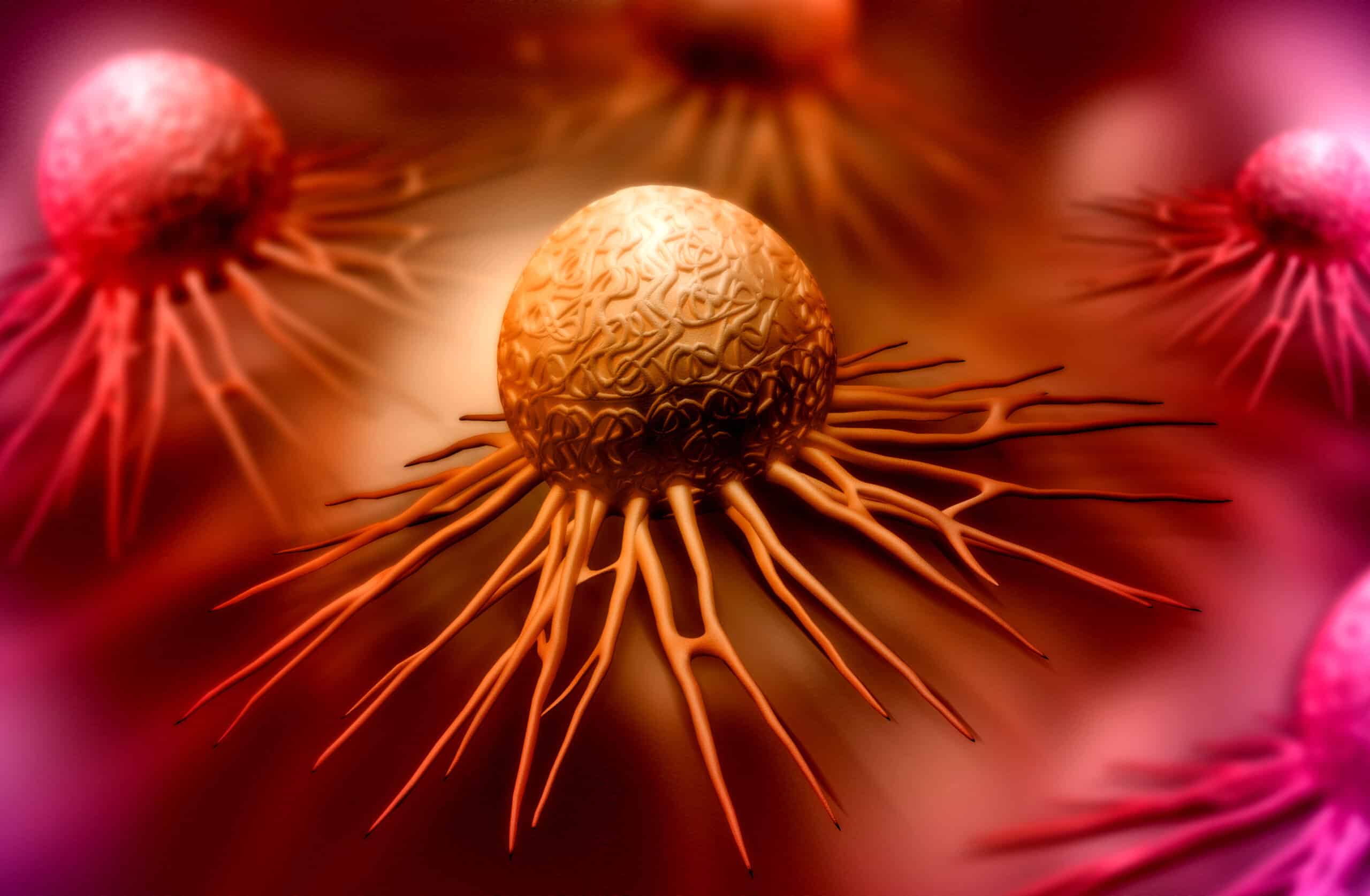Each tumour — each patient — accumulates many mutations, but not all of them are relevant for the development of cancer. Researchers led by ICREA researcher Dr. Núria López-Bigas at IRB Barcelona have developed a tool, based on machine learning methods, that evaluates the potential contribution of all possible mutations in a gene in a given type of tumour to the development and progression of cancer.
In previous work that is already available to the scientific and medical community, the laboratory developed a method to identify those genes responsible for the onset, progression, and spread of cancer. “BoostDM goes further: it simulates each possible mutation within each gene for a specific type of cancer and indicates which ones are key in the cancer process. This information helps us to understand how a tumour is caused at the molecular level and it can facilitate medical decisions regarding the most appropriate therapy for a patient,” explains Dr. López-Bigas, head of the Biomedical Genomics lab. In addition, the tool will contribute to a better understanding of the initial processes of tumour development in different tissues.
The new tool has been integrated into the IntOGen platform, developed by the same group and designed to be used by the scientific and medical community in research projects, and into the Cancer Genome Interpreter, also developed by this group and which is more focused on clinical decision-making by medical oncologists.
BoostDM currently works with the mutational profiles of 28,000 genomes analysed from 66 types of cancer. The scope of BoostDM will grow as a result of the foreseeable increase in publicly accessible cancer genomes.
An advance founded on evolutionary biology
To identify the mutations involved in cancer, the scientists based themselves on a key concept in evolution, namely positive selection. Mutations that drive the growth and development of cancer are found in higher numbers in distinct samples, compared to those that would occur randomly.
“We started from the premise that we only get to observe some mutations because the tumour cells with this mutation guide the development of the tumour, and we questioned what distinguishes these mutations from other possible mutations, ” says Dr. Ferran Muiños, postdoctoral researcher and co-first author of the work. “Doing this analysis manually would be excessively laborious, but there are computational strategies that allow it to be organised systematically and efficiently,” he adds.
From the data, the proposed method learns what attributes are distinctive of the mutations that favour the development of cancer and this information is useful for the development of new therapeutic approaches.
A computational model for each gene and type of cancer
The tool that the researchers have developed has already generated 185 models to identify mutations in a specific gene in a given type of cancer. For example, it has produced a model that has identified all the possible mutations in the EGFR gene that trigger tumour development in some lung cancers, another model for the same gene in cases of glioblastoma (a type of cancer that affects the brain), etc.
As sequencing data on tumours become publicly accessible, it can be incorporated into the system, allowing it to generate new models for all cancer genes in the coming years.
When a model has been developed, researchers can interrogate each possible mutation of a cancer gene in a tissue type (in a process known as saturation mutagenesis) and determine whether it is relevant for the development of the disease. This process produces a map of key mutations, which is valuable for both cancer research and personalised cancer medicine, and medical decision-making. The authors have demonstrated that this prediction model tool, BoostDM, is more efficient and accurate than experimental approaches.
This work has been conducted by: Dr. Ferran Muiños (Ph.D. in mathematics and postdoctoral researcher at the Biomedical Genomics laboratory and co-first author of the study); Dr. Francisco Martinez-Jimenez (former postdoctoral researcher at the Biomedical Genomics laboratory, currently a postdoctoral fellow at the UMC Utrecht and co-first author of the study); Dr. Oriol Pich (former Ph.D. student at the Biomedical Genomics laboratory, currently a postdoctoral fellow at the Crick Institute in London); Dr. Abel Gonzalez-Perez (Associate researcher at the Biomedical Genomics laboratory and co-director of the study); and Dr. Núria López Bigas (ICREA researcher and head of the Biomedical Genomics laboratory at IRB Barcelona and co-director of the study).
This work has been possible thanks to funding received from the European Research Council (ERC), the Catalan Institution for Research and Advanced Studies (ICREA), the Asociación Española Contra el Cáncer (AECC), the Ministry of Science and Innovation, the European Regional Development Fund (ERDF), the Agency for the Management of University and Research Grants (AGAUR), the Institute of Health Carlos III (ISCIII) and the Barcelona Institute of Science and Technology (BIST).




